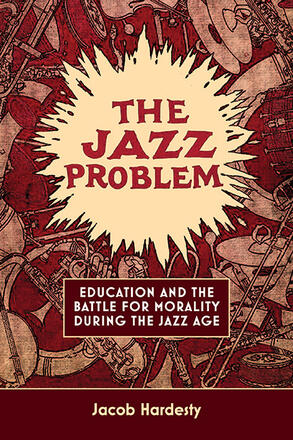
The Jazz Problem
Education and the Battle for Morality during the Jazz Age
Alternative formats available from:
How jazz spurred a generational debate that reshaped American culture.
Description
The Jazz Problem shows how high schools and colleges were the primary sites of this generational debate around jazz, the century's first cultural war. Schools were crucial sites of dispute between the worldviews of the late nineteenth century and the emerging modern world, one synonymous with jazz. As a major site of character formation where students came of age, high schools and colleges were the places where jazz was simultaneously celebrated and denigrated. Educators saw jazz as inseparable from other vices, such as smoking, drinking, "immodest dress" (for women), and some degree of sexual activity. Yet young people felt jazz was their music and relished the sense of generational autonomy that came with their affinity for jazz. This book offers a fresh and compelling look at the jazz controversy and how it shaped not only America.
Jacob Hardesty is Dean of the College of Social Science, Commerce, and Education and Associate Professor of Education at Rockford University.
Reviews
"Engaging and interesting to read by a layperson, but also well researched, documented, and written for scholars in the history of jazz, American music, or music education." — Phillip Hash, School of Music, Illinois State University
"As important as this period of jazz is, it continues to be understudied in a variety of ways. This manuscript is a good example of finding new ways to study this era without revisiting the same well-trod ground." — Court Carney, Stephen F. Austin State University